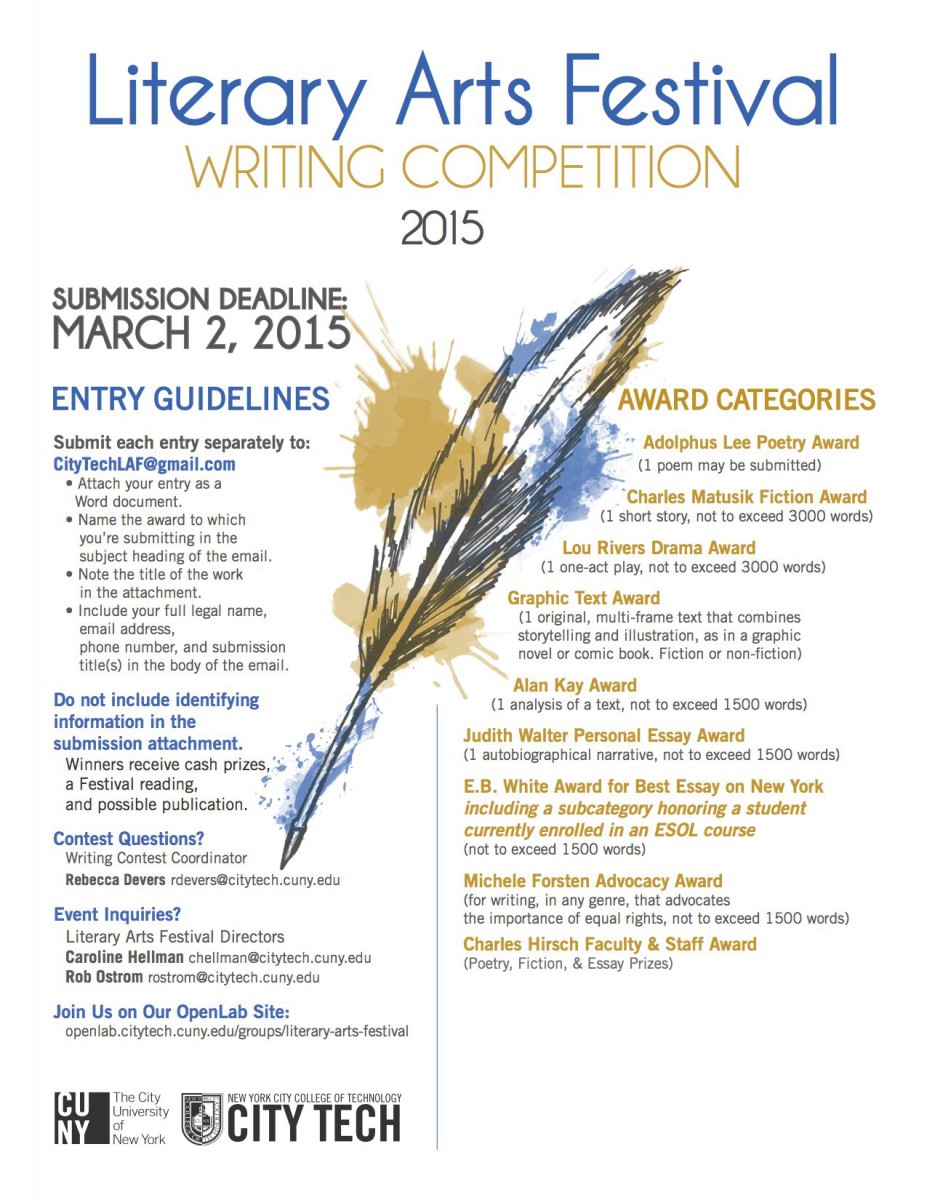What do we do when we read with a pen (or pencil, or highlighter) in hand?
vocabulary/cultural references–words to look up: underline, use context and then look up later. After: write them in the margins, or on the back, or on a separate sheet.
highlighted, underlined sentences that worked together to establish the article’s argument
think about color-coding the text
things that repeated–note page or paragraph #
short summaries of important paragraphs
connect ideas to other things you read/experienced
ask questions: for clarification or to engage with the author/speaker
tone: sarcasm, joking
note the things you know well, have expertise
main idea: or example that explains the main idea
passages you might want to quote when you write about this article
drawing–sketch an idea
drawing arrows, circles
number code for different ideas eg 1=walking 2=exploring life 3=landmarks
bullet points about the different people or places
tagging
reading more than once
identify arguments/main points:
- walking vs drug addiction: helps him keep his mind off drugs, coping,
- his experience of NYC vs other people’s experience
- walking lets you discover, pay attention (buildings, parks), but if you’re driving, you miss all of these things. EXPLORATION, physically and visually/intellectually rewarding
anticipate questions:
- Consider your preferred form of travel compared to Self’s idea of walking as the only way of exploration
- think about a time when you developed a healthy habit. How does this relate to Self’s idea of walking instead of taking drugs?
- What emotions do you experience when walking? How does walking affect your point of view?
- How does walking give you a different/better experience than other forms of transportation
- views on NY–exploration
- views of perseverance/persistence
Organizing your in-class essay:
make an outline/organizational representation of your ideas
focused freewrite
bring in examples from the reading–
draft a THESIS STATEMENT
- main argument or point of your essay
- it’s a roadmap to your essay
- it isn’t a question, it’s the answer–it’s a statement!
- when you’re writing about a comparison, a good template for your thesis statement is to show how two things that seem different are actually similar, or two things that seem similar are actually different, or some combination of these. Try “Although my healthy habits involved going to the gym rather than taking long walks like Self did, we both had the opportunity to explore places where people from different backgrounds come together.” I’d expect that the essay would describe your experience of making healthy choices by going to the gym, and maybe in another paragraph how it exposed you to different people from different backgrounds, all coming together in one place. Then you would do the same for Self’s experience, and then offer a comparison. Your outline is right there in the thesis statement!
- it comes at the end of your introductory paragraph.
(leave space after the first paragraph to be able to come back and revise)
write the essay!
make sure that your essay fits with 1-the question 2-the thesis statement
at the very end, proofread a few times. Here are a few tips:
- before the exam, check out the list of Frequently Confused Words (and add to it via the comments) to help you prepare for the midterm
- You might try reading your essay sentence-by-sentence starting with the last one and moving backward to the beginning–it helps you read out of context, so you pay better attention to the construction of the sentence.
- Read through looking for one thing at a time: first if you’re following all of the instructions/answering the question, then if you’re supporting your thesis statement, then if you have good organization, sentence structure, use the right words, spell them properly, etc. You can see that my list starts with the most important and moves to the less important.



